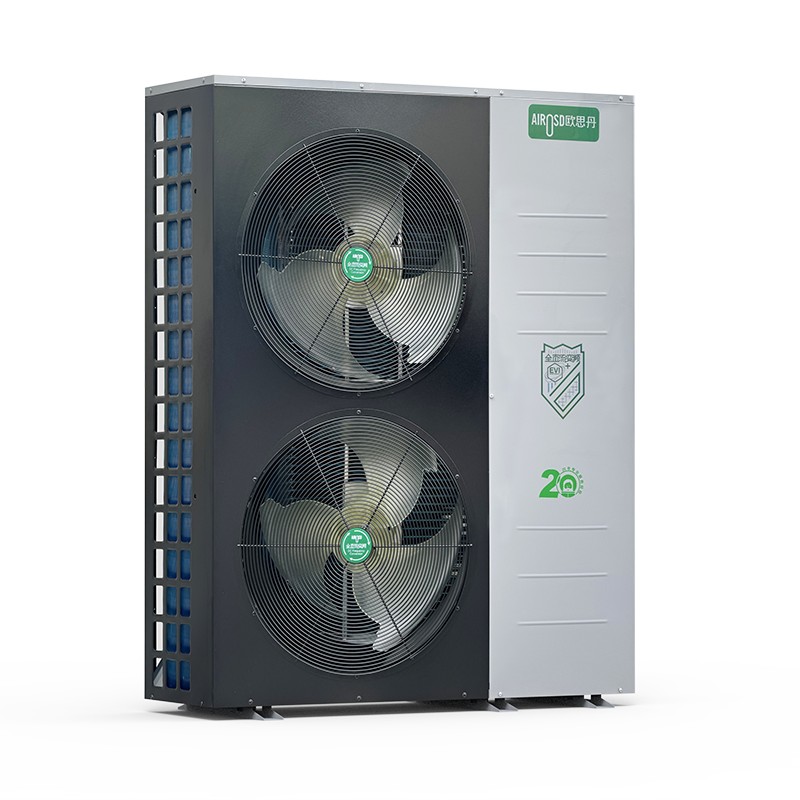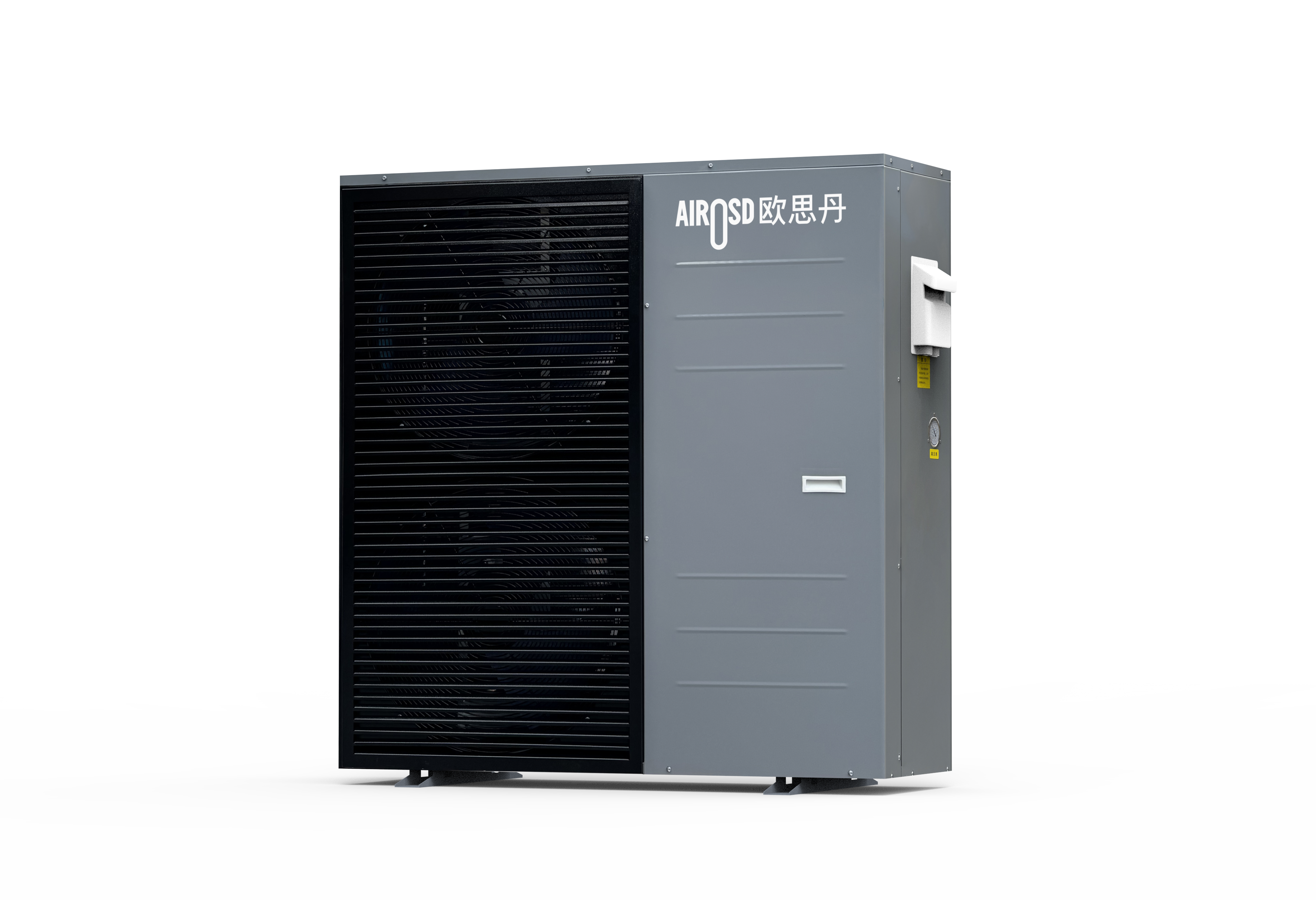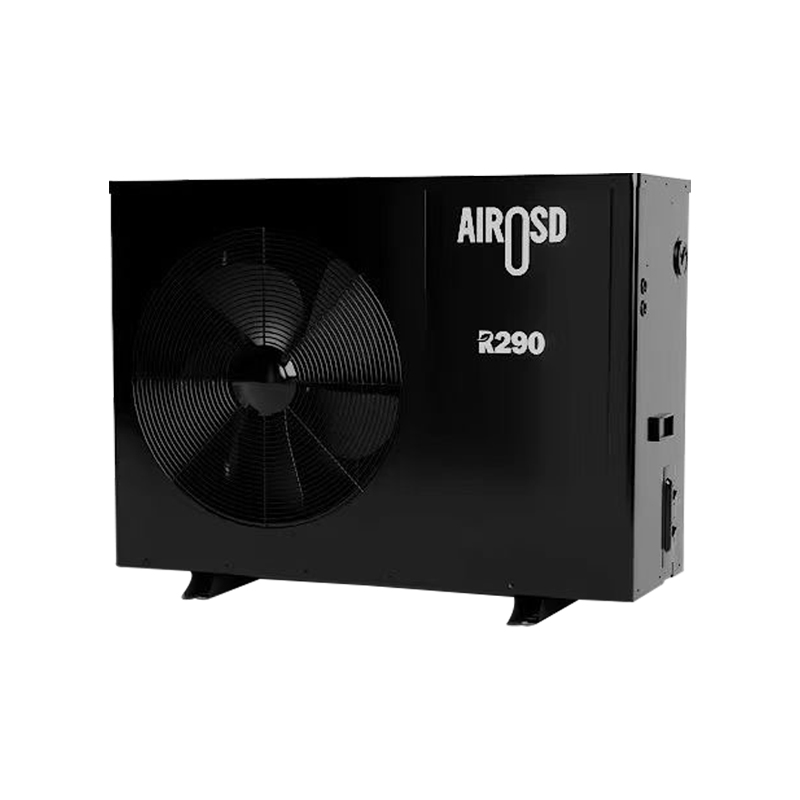Do heat pumps consume a lot of electricity?
Heat pumps—also referred to as a heating and cooling pump solution—operate by transporting ambient heat rather than generating it through combustion or resistive elements. A heating and cooling pump leverages either air source heating and cooling technology or ground-based geothermal heating to deliver exceptional energy-efficient performance. In the realm of geothermal heating and cooling and geothermal systems for homes, homeowners and commercial operators alike appreciate the high Coefficient of Performance (COP) these systems deliver. Modern air source heating and cooling units serve as versatile heating and cooling pump devices, capable of both space heating and space cooling. Geothermal systems for homes and geothermal heating technologies routinely achieve COP values exceeding 4.0, while high-end air source heating and cooling systems can reach COPs up to 5.0. Such geothermal heating applications and heating and cooling pump models outperform traditional electric or fuel-fired heaters in raw efficiency, translating directly into lower utility bills.
Performance Under Real-World Conditions
Actual energy consumption of any heating and cooling pump installation depends on a range of variables:
-
Outdoor Temperature: Air source heating and cooling units derive heat from ambient air. At low ambient temperatures (e.g., –10 °C or below), their COP will naturally decline, which can increase electrical draw. In contrast, ground-source geothermal heating systems tap into relatively stable subsurface temperatures, maintaining COPs above 4.0 year-round.
-
System Design & Sizing: Oversized or undersized units lead to cycling losses or insufficient output. Proper design of geothermal systems for homes—including loop field sizing, trench depth, and heat exchanger selection—or accurate appraisal of air source heating and cooling equipment capacity ensures optimal performance.
-
Installation Quality: Poorly sealed ductwork, suboptimal loop field layout, or inadequate refrigerant charging can easily reduce system COP by 10–20%. Professional installation of heating and cooling pump equipment—whether air source heating and cooling or ground-source systems—avoids hidden inefficiencies.
-

Operational Strategies for Minimum Energy Use
-
Smart Controls: Integration with programmable thermostats, weather forecasting, and zoning strategies allows a heating and cooling pump to adapt its output precisely to demand. In geothermal heating and cooling installations, such controls can modulate pump speed or compressor frequency, reducing power draw during shoulder seasons.
Hybrid Configurations: In extremely cold climates, pairing an air source heating and cooling unit with an auxiliary electric-resistance strip or a small gas furnace prevents performance degradation without relying exclusively on less-efficient backup heat sources.
-
Regular Maintenance: Routine filter changes, loop-field inspections for leaks, and compressor oil checks sustain peak COP. Even in geothermal systems for homes—where most equipment is buried—annual checks of circulating pump performance and loop pressure verify system health.
Comparative Energy Use & Cost Savings
When benchmarked against conventional electric resistance heating, a heating and cooling pump unit operating as an air source heating and cooling device can consume up to 60 percent less electricity for the same heat output. In areas with moderate climates, the payback period for an air source heating and cooling pump can be as short as 3–5 years. For geothermal systems for homes—with higher upfront loop-field installation costs but superior year-round COP—the payback often occurs in 5–8 years, after which annual energy savings far exceed ongoing operation costs. A study by the International Ground Source Heat Pump Association found that, over a 20-year equipment life cycle, a properly designed and installed geothermal heating and cooling system can save a homeowner more than $15,000 in combined heating and cooling costs compared with conventional systems.

Environmental Impact & Sustainability
By reducing grid electricity demand and displacing fossil-fuel combustion, both air source heating and cooling and geothermal systems for homes contribute significantly to carbon-emissions reductions. For example, replacing an aging gas furnace with a heating and cooling pump solution in a typical 2,000 ft² home can cut annual CO₂ emissions by roughly 3 tons. Scaling that across tens of thousands of installations offers a pathway toward city-wide decarbonization targets.
Applications & Case Studies
-
Residential Housing Developments: In a recent community of 500 homes in northern Europe, a combination of geothermal heating loops and high-efficiency air source heating and cooling pumps reduced district-level peak electrical load by 25 percent, avoiding the need for a costly sub-station upgrade.
-
Commercial & Institutional: A university campus retrofitted with central geothermal heating and cooling loops, paired with heat-pump AHUs, slashed campus heating energy use by 40 percent—paying for the upgrade within six years through operating-budget savings.
-

Future Trends & Innovations
Emerging advances such as magnetocaloric and electrocaloric heat-pump prototypes promise COPs in the 7–10 range. Meanwhile, integrated solar-assist heat pumps that preheat circulating fluids using photovoltaic-driven thermal collectors can further drop auxiliary power requirements to near zero on sunny days. As grid decarbonization accelerates, the already high-efficiency profiles of air source and geothermal heating and cooling systems will only become greener, making heat pumps indispensable to future sustainable building design.
Conclusion
Choosing a heating and cooling pump based on leading air source heating and cooling technology or leveraging geothermal heating and cooling design not only yields superior efficiency but also facilitates substantial, long-term cost savings and environmental benefits. Whether homeowners are evaluating geothermal systems for homes or air source heating and cooling appliances, investing in quality design, professional installation, and diligent maintenance maximizes system performance. These eco-friendly, cost-effective solutions stand as the clear choice for low-carbon, energy-efficient comfort in both present use and future applications.



